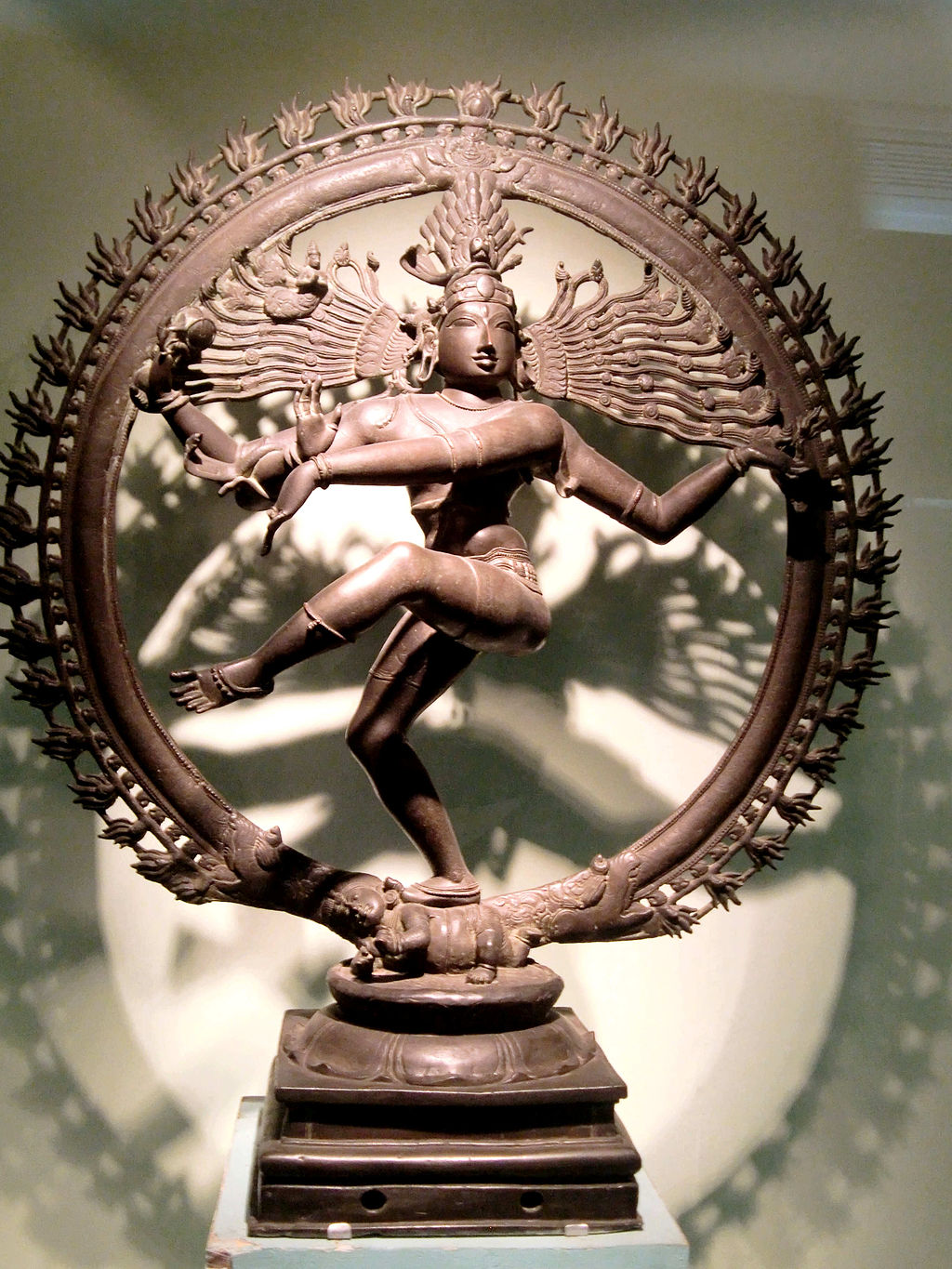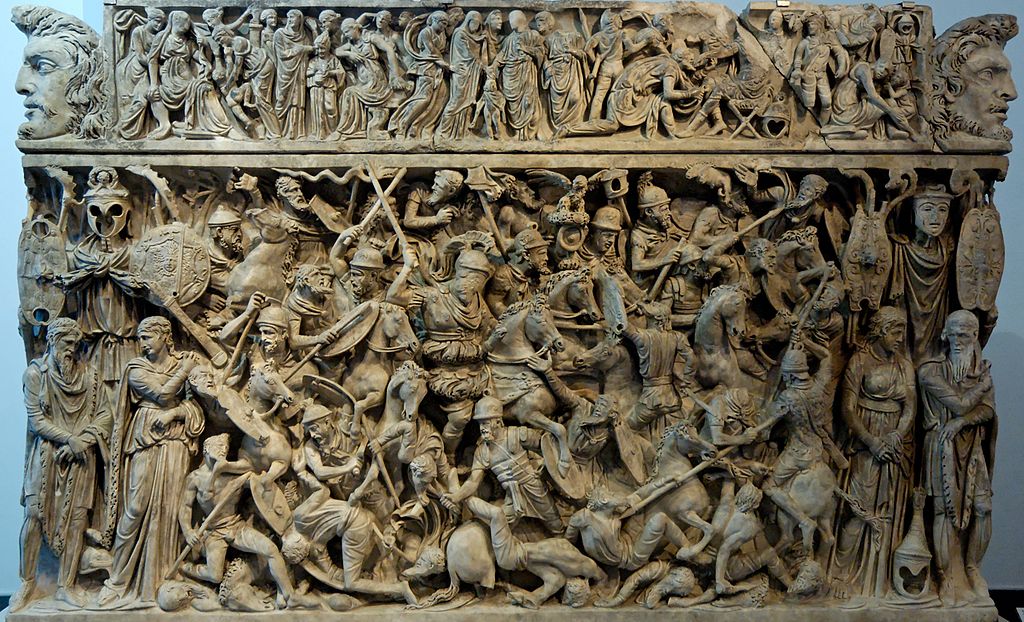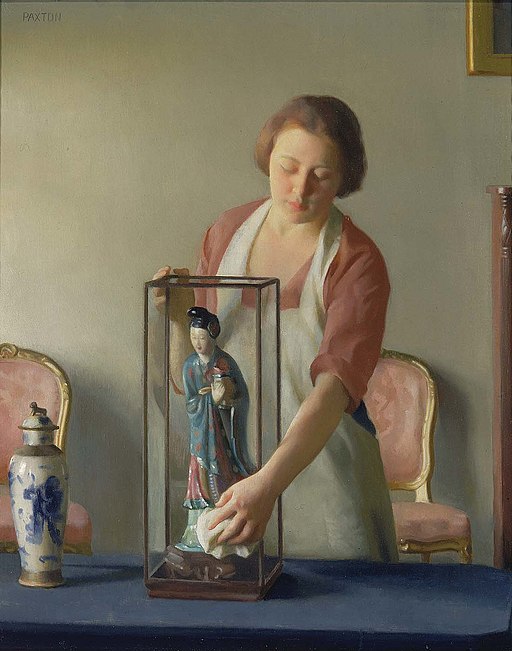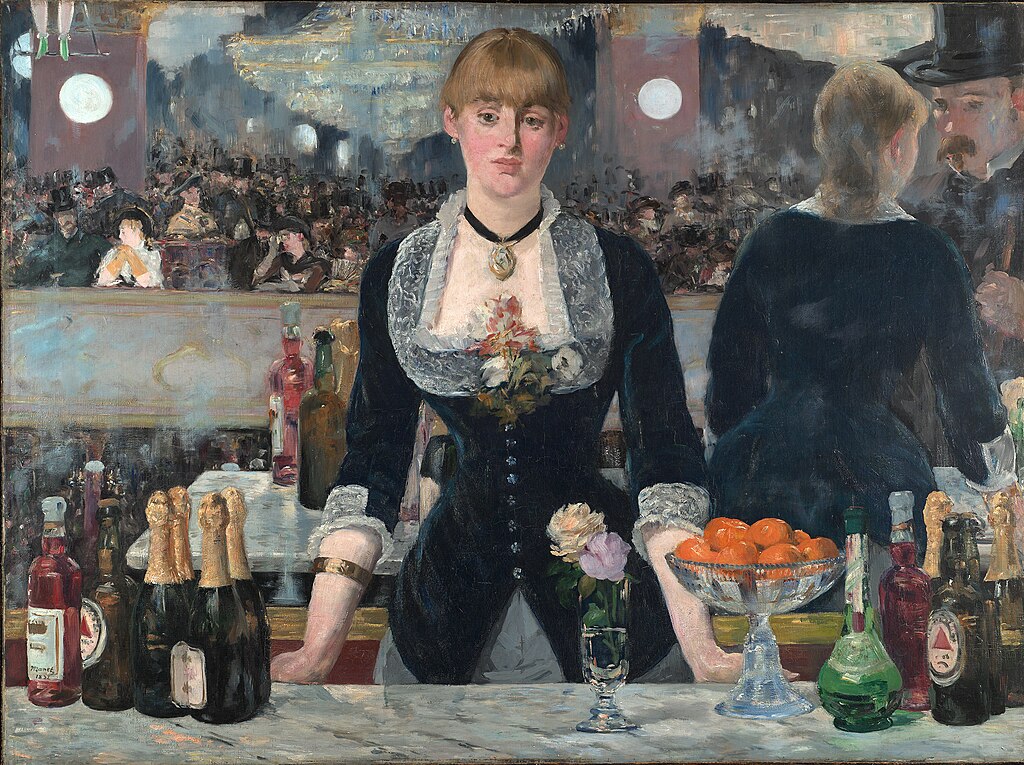
Nataraja is a massive yet elegant statue represents Shiva, passionately engaged in ecstatic dance. This form of Shiva’s image is known as Nataraja in iconographic tradition, and the dance, as ‘Ananda-tandava.’
Perfected anatomical proportions and distinct features define the image of the great Lord. The sculpture was cast in bronze and anodized in deep copper tint, and it represents Shiva as the Lord of Dance.
It combines in a single image the great Hindu god Shiva’s roles as creator, preserver, and destroyer of the universe and conveys the concept of the never-ending cycle of time.
Shiva has many guises and many representations in art, but the most popular is as a dancing figure within the arch of flames, called Shiva Nataraja, Lord of the Dance.
Nataraja is a depiction of the Hindu god Shiva as the cosmic ecstatic dancer. The pose and artwork are described in many Hindu texts, and the dance relief is featured in major Hindu temples of Shaivism.
It is an image seen in museums and temples across the world, and it is rich in iconography and hidden meaning.
Shiva’s dance is set within a flaming circle of fire. The god holds in his upper right hand, the act of creation, the hand drum that made the first sounds of creation.
His top left-hand holds the fire that will destroy the universe, representing the act of destruction. With his lower right hand, the action of protection, he makes the gesture that diminishes fear.
The figure being trampled by his right foot represents the illusion, which leads humanity astray. Shiva’s front left hand, pointing to his raised left foot, signifies refuge and release for the troubled soul.
The energy of his dance makes his hair fly to the sides.
Just like the art of medieval Europe, the art of India was devoted to the service of religion. The spiritual experience was enhanced by meditating on works of art.
This elegant bronze statue of Shiva in its original Temple location would have awed and inspired a Hindu devotee.
The three gods of the Hindu trinity are Brahma the Creator, Vishnu the Preserver, and Siva the Destroyer and Restorer.
The Tamil sculptors of the Chola dynasty (880–1279) realized Shiva, the Dancer in his most complete and graphic form and one which has become symbolic of Indian civilization.
Siva, as represented in this vital work of art, is perfectly poised and depicts Siva’s grace and majesty.
In 1921, the French sculptor Auguste Rodin wrote that the sculpture of Shiva as the Lord of Dance has:
“what many people cannot see—the unknown depths, the core of life. There is grace in elegance, but beyond grace, there is perfection.”
The English philosopher Aldous Huxley said in 1961 that the Hindu image of God as a dancer is unlike anything he had seen in Western art:
“We don’t have anything that approaches the symbolism of this work of art, which is both cosmic and psychological.”
Nataraja
- Title: Nataraja
- Year: 1100, Chola Dynasty
- Place of Origin: Tamil Nadu
- Material: Bronze
- Dimensions: Ht: 96 L: 82.8 W: 28.2 cm.
- Museum: National Museum, New Delhi
Indian Proverbs, Quotes, and Sayings
- Indian Proverbs, Quotes, and Sayings
Shiva Nataraja – Lord of the Dance
Explore National Museum, New Delhi
- Shield of Maharana Sangram Singh II
- Dancing Girl (Mohenjo-Daro)
- Nataraja
Dancing Shiva
Take a Museum Tour
- Tour of Artists in Museums
- Tour of Women in the Arts
- Tour of Mythological Art in Museums
- Tour of Popular Sculpture in Museums
- Tour of Christian Art in Museums
- Tour of Buddhist Art in Museums
- Tour of Egyptian Art in Museums
- Tour of Mesopotamian Art
- Tour of Islamic Art
- Tour of Maritime Museums
- Tour of Natural History Museums
- Tour of Science & Technology Museums
Shiva Lord of the Dance
- Tour of Military & War Museums
- Tour of Air & Space Museums
- Tour of Archaeological Museums
- Tour of Police & Prison Museums
- Tour of Historic House Museums
- Tour of Money, Banking and Mint Museums
- Tour of Specialist Museums
- Tour of Historical Sites
- Tour of Popular Paintings in Museums
- Tour of Ancient Artifacts in Museums
- Tour of Portraits in Museums
- The Art of Everything
- Tour of Popular Museums and Art
The Lord Shiva’s Cosmic Dance
~~~
“Great minds discuss ideas, medium minds discuss events,
and little minds discuss people.”
– Hindu Proverb
~~~
Photo Credit: 1 )By Miya.m (Miya.m’s file) [GFDL (gnu.org/copyleft/fdl.html) or CC BY-SA 3.0 (creativecommons.org/licenses/by-sa/3.0)], via Wikimedia Commons
Popular this Week








 Sponsor your Favorite Page
Sponsor your Favorite Page SEARCH Search for: Search Follow UsJoin – The JOM Membership Program
Sponsor a Masterpiece with YOUR NAME CHOICE for $5
Share this:
- Tweet
